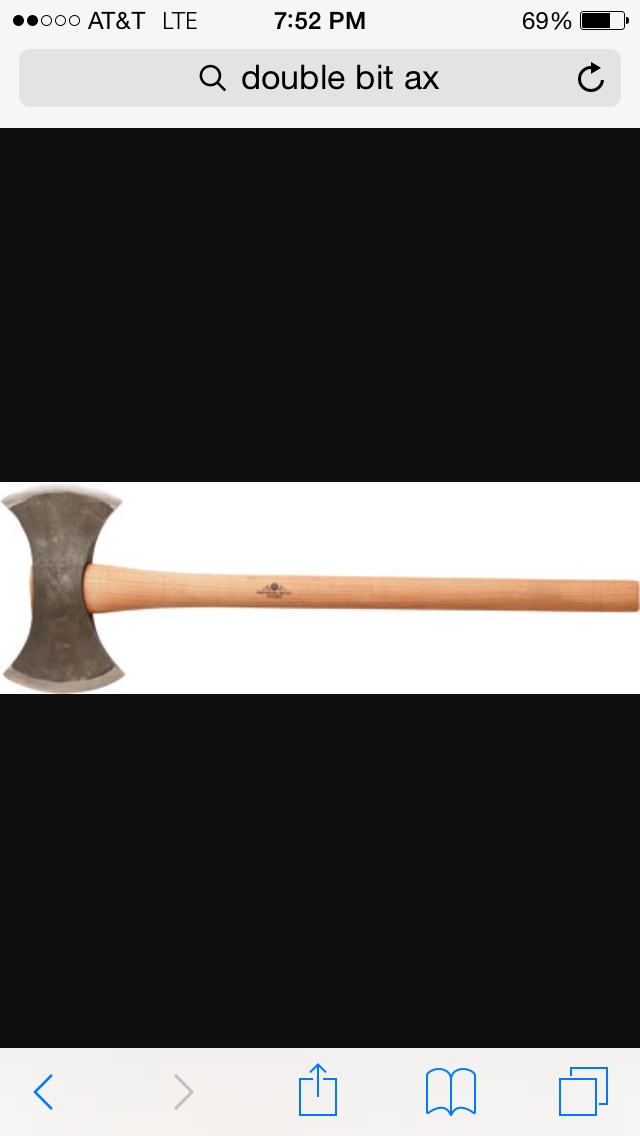on something like this...yeah it is... you don't start on the most difficult task first...you work up to it
all of this advise you give is good, but you give it as if you would be the one doing the work (with your experience/saws) no one even knows what this guy has for a saw, never mind experience...who knows, maybe he has never even cut a tree down before?
or his saw could be some turd with a chain so dull it can't even cut butter...is this the kind of saw you would want to cut a tree like this??? don't think so!
you say you have learned this stuff the hard way and lucky you haven't been hurt...this guy might not be as lucky...
put a chain on it!, then if he still wants to screw around with fancy cuts, he can with out it blowing up in his face!
he could even leave it a little loose, then he could see if it came apart during the cut...

























































